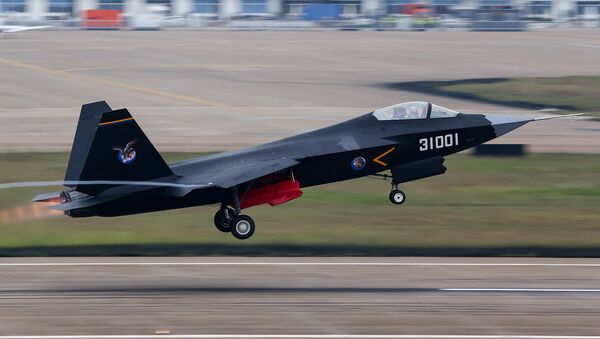The team described the material as "an ultra-thin broadband AFSS absorber with a stretching transformation (ST) pattern for use in ultrahigh-frequency (UHF) applications" in a paper released by the Journal of Applied Physics.
It does sound like a mouthful but this is how it works: microwave radars broadcast signals and use arrays of antennas to detect them as they bounce off objects. This helps radars to see what is obscured by clouds, for instance. The new material is capable of absorbing some of these signals broadcast to make an object it covers appear smaller than it actually is.
"A metal slab sits on top of a layer of thin metal honeycomb, and under that is an 'active frequency selective surface material' made of a.04 mm layer of copper resistors and capacitors. Underneath all that is a circuit board with semi-conducting diodes and more capacitors," the Popular Mechanics magazine detailed.
The research paper is available in its entirety online.
In the age when stealth is considered to be one of key components needed to achieve military supremacy, any technological advances in this area will surely attract attention.
"As radar detection equipment continues to improve, our thin absorbers with broad bandwidth and working in the UHF band will be widely useful," the team wrote in the paper.



